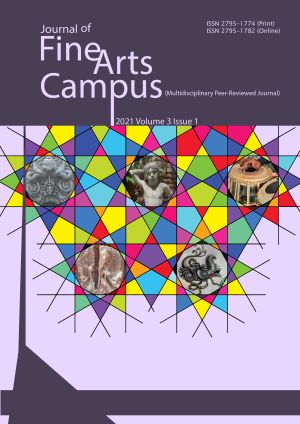Distortion of Forms and Subjects in Paul Cezanne’s Paintings
DOI:
https://doi.org/10.3126/jfac.v3i1.42493Keywords:
Cubism, distortion, Post-Impressionism, Impressionism, FormalismAbstract
Paul Cezanne is the 19th century painter born in France who was a very important figure in the history of modern art. He had painted so many paintings like landscapes, portraits and still life. The figures and forms in his artwork do resemble the real world but the distortion is the most significant feature. The subject matters reveal the changes and gives emphasis upon forms. Subjects lack likeness and negate imitation as art followed by predecessors. The flatness and geometric forms are amplified along with expression in the paintings. The formal distortion played a vital role to give birth to Modernism in 20th century Western Art. So, he is called “Father of Modern Art”.




